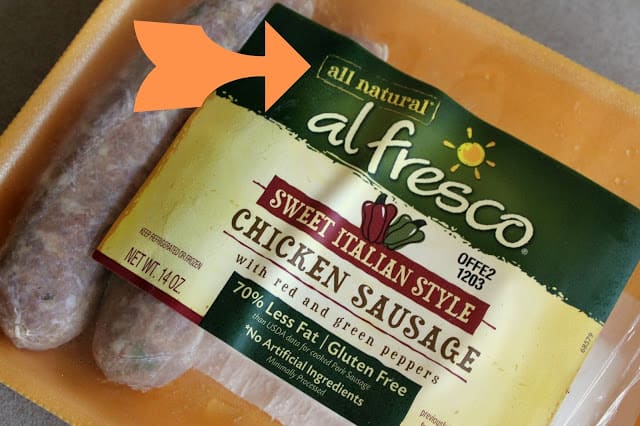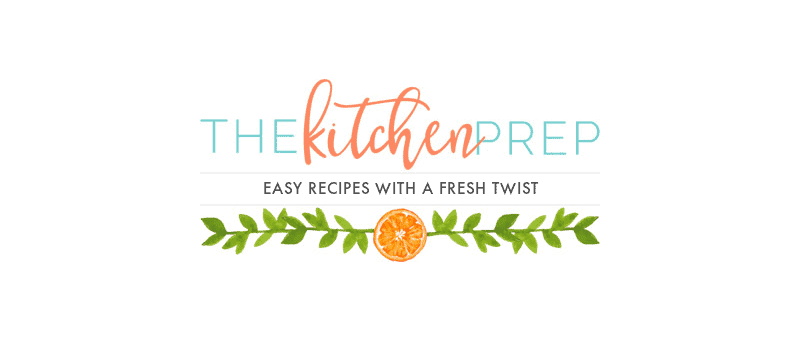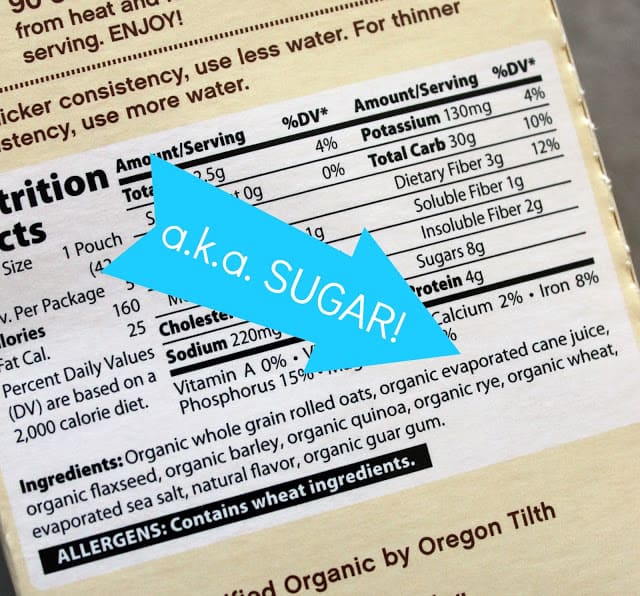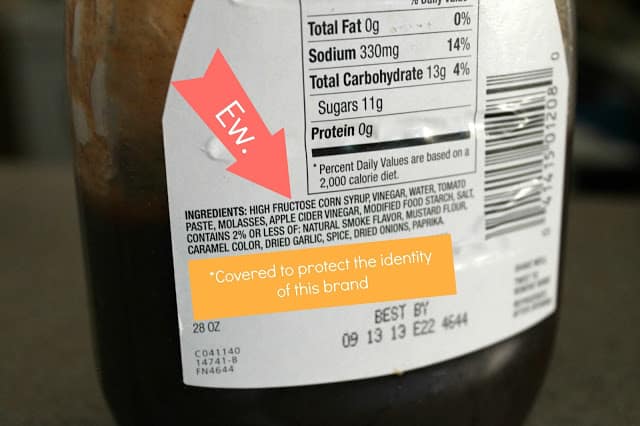Eating healthy... as simple as it should be, it's often quite the opposite!
During my "Coming Clean" series, I confirmed something I had already known for quite some time: Choosing truly healthy options can be very confusing to the average shopper.
Companies today know that many consumers are interested in healthy eating. Sadly, many of them are cashing in on that knowledge by splashing misleading phrases on labels and packaging. It's not uncommon to see the terms "All Natural", "Heart Healthy", or "Low Calorie" accentuated on products that aren't, in fact, what they say they are.
I've know lots of smart people who consider their diet to be "clean", but have pantries full of foods with scary ingredients. I feel fortunate to be married to someone in the holistic health field who can help me navigate the often murky waters of maintaining a healthful diet. But not everyone has access to that type of information daily.
So, how does the well-meaning eater get past all the jargon and make the best choice?
Today, my friends over at Healthline.com are sharing a guide to avoiding all the gunk! Read on for some great information about ingredients to avoid, tricky phrasing, and how to outsmart good marketing.
Your body will thank you!
Reading labels is becoming increasingly difficult when it comes to determining hidden sugars, fats and additives that are undesirable.
Identifying Hidden Sugars
There are sugars such as fructose and lactose that occur naturally in fruit and milk but there are also added syrups and sugars in foods that are put in while it is being processed. The sugar is added if there are no fruit or milk ingredients. There are words that indicate added sugar:
● Corn sweetener, high fructose corn syrup or corn syrup
● Dextrose
● Fruit juice concentrates
● Lactose, sucrose, maltose
● Maltose
● Malt syrup
● Molasses
● Cane juice or syrup
● As a general rule it is sugar if an ingredient ends in “ose”
Trans
Trans fats have been shown to have the potential to do more damage to the arteries than saturated fat. The primary source of these fats is partially hydrogenated oils.
Artificial Coloring
There are potential health risks associated with additives such as artificial coloring and there is no nutrient value added to the food with them. These are easily identified by the color name such as Red 40, which is used to identify them on the label.
Chemical Preservatives
Sodium Nitrite and Sodium Nitrate are put in meats as a way to preserve them. According to studies, the risk of cancer could be increased and medications interacted with resulting in damage.
 |
| P.S. I'm pretty sure this brand really IS all natural! Just wanted to show a packaging example. 🙂 |
All Natural
There is no legal definition when it comes to using the word natural on labels. There is no definition for the derivatives either but the terms can be used for things that do not have synthetic substances, artificial flavors or colors in them. There have been cases where genetically altered ingredients have been used in corn and vegetable oils.
Less Fat
The term less fat does not mean that the food is fat free or even low fat; it simply means that the product has less fat than the original product contains.
Artificial Flavorings
Some labels have “vanilla flavoring” listed in the ingredients. A synthetically created vanillin, possibly created from derivatives of coal tar, is used when these words are found on the label. Labels were not updated when the substitutions began by manufactures because of a shortage of vanilla. The substitute is cheaper to create.
Whole Grains
The term is confusing with variations on the label such as “made with” and “contains” being used as qualifiers.
Claims such as “lowering cholesterol” have been changed to “may lower cholesterol” since there was no scientific evidence to back up the claim. There was a fear that the condition would go untreated by those eating the products.
When it comes to simplifying label reading it is important to educate yourself about the various terms used for sugars, fats and additives that have the potential to be harmful. Saturated fats should not be increased in an effort to avoid trans fats. Everything should be taken into consideration, especially allergies as labels containing common allergies such as milk and peanuts do not always list them under an allergy warning.
Tammy Mahan is a freelance writer who enjoys sharing her health related knowledge with Healthline.com.




Leah Yablong says
Good post! Especially about the sugars and vanillin.